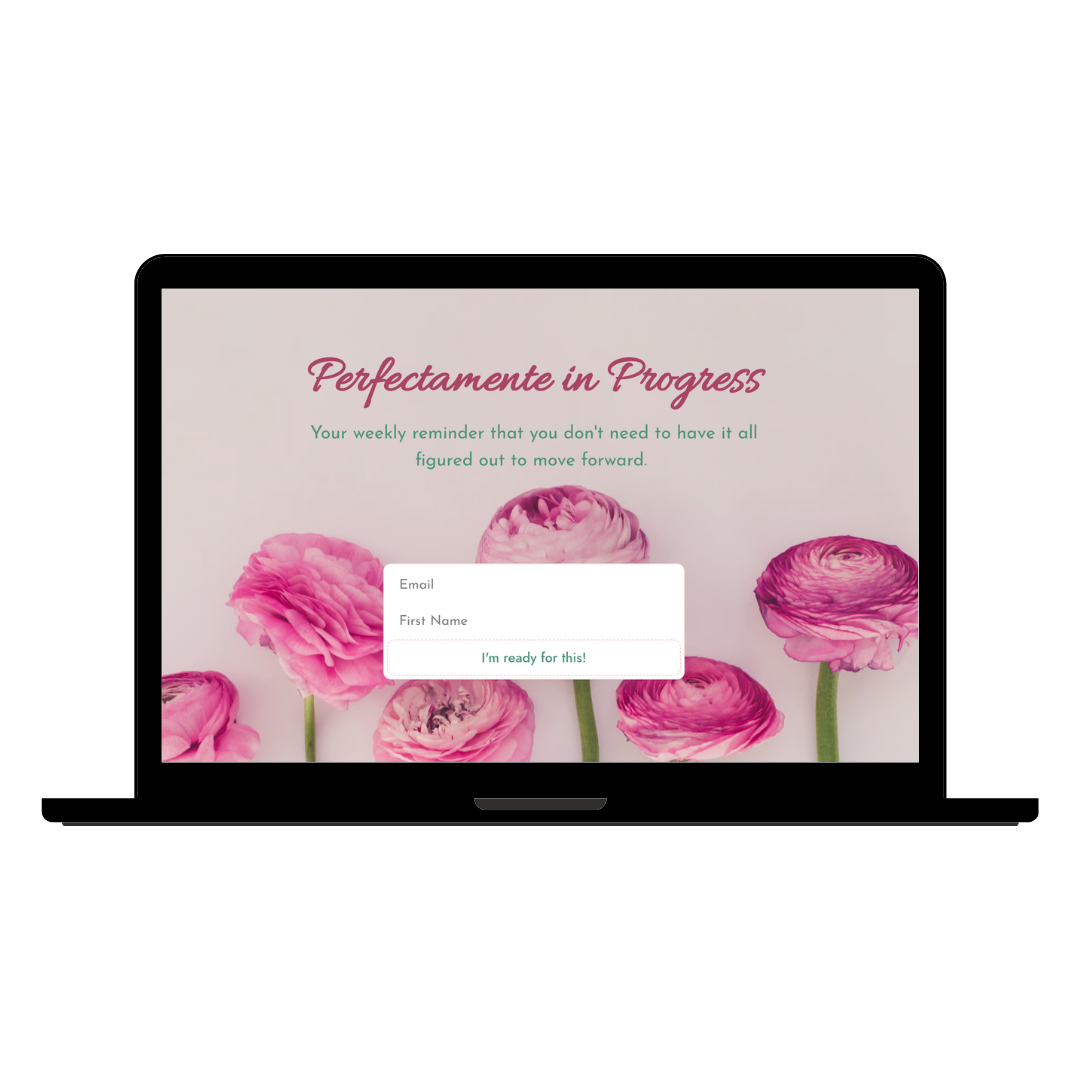How to Set Boundaries Without Guilt: A Guide for People-Pleasers
You know that sinking feeling when someone asks for a favor and your brain screams “NO!” but your mouth says “Of course, I’d love to help!” Yeah, that was me for most of my twenties (and honestly, still working on it in my thirties).
If you’re a natural people-pleaser—especially if you’re someone who grew up being the “responsible one”—setting boundaries can feel like speaking a foreign language. But here’s what I’ve learned: boundaries aren’t walls that keep people out. They’re more like gates with sturdy locks that you control. And creating them doesn’t have to come with a side of guilt.
Let’s talk about how to set boundaries that actually stick, without feeling like you’re letting everyone down in the process.
Why Setting Boundaries Feels So Hard
Before we dive into the how-to, let’s acknowledge why this is particularly challenging for certain communities. If you grew up in a family where putting others first was considered virtuous, or if you’re often one of the few people of color in your professional spaces, you might feel extra pressure to be accommodating.
Many of us learned early that saying “no” meant disappointing people we love, or that being “difficult” could cost us opportunities. These aren’t just personal hang-ups—they’re survival strategies that served us at one point but might not be serving us anymore.
The truth? Learning to set boundaries is actually an act of respect—both for yourself and for others. When you’re clear about your limits, people know where they stand with you. When you’re constantly overextending yourself, you end up resentful, and nobody wins.
The Complete Guide to Boundary Setting Without the Guilt Trip
Start Small: Practice Makes Progress
Recognize that “no” is a complete sentence. You don’t always need an elaborate explanation or excuse. Sometimes a simple “I can’t take that on right now” is just fine. El mundo no termina, I promise!
But if jumping straight to “no” feels impossible, try these:
- “Let me check my calendar and get back to you”
- “I need to think about that”
- “That sounds interesting, but I’m not available”
- “I’m not the best person for this, but have you considered [alternative]?”
Start with low-stakes practice. Choose situations with people you feel safe with or in contexts where the consequences feel manageable. It’s like building a muscle—you don’t start with the heaviest weights! Practice with the friend who asks you to review their dating app messages before tackling your boss who wants you to take on extra projects.
Identify Your Boundary Blind Spots
Notice where your boundaries consistently get fuzzy. Is it with certain people? Particular types of requests? Specific times of day? Identifying patterns helps you prepare your responses in advance.
Common boundary challenges include:
- Family expectations (especially around holidays, career choices, or relationship decisions)
- Work requests that fall outside your job description
- Social commitments when you’re already overwhelmed
- Financial requests from friends or family
- Time boundaries around availability for calls, texts, or hangouts
Take a week to notice when you feel that familiar “ugh, I don’t want to do this but I guess I have to” feeling. That’s your boundary alarm going off.
Reframe the Internal Narrative
Instead of thinking “I’m saying no to them,” try “I’m saying yes to my wellbeing.” Because honestamente, that’s exactly what you’re doing.
Here are some mindset shifts that have helped me:
- From “I’m being selfish” to “I’m modeling healthy self-care”
- From “I’m disappointing them” to “I’m being honest about my capacity”
- From “They’ll think I don’t care” to “I care enough to be authentic”
- From “I should be able to handle this” to “I’m human with limits”
Create Your Boundary Scripts
Having go-to phrases ready makes boundary-setting so much easier. Here are some options for different situations:
For work boundaries:
- “I’m at capacity with my current projects, but I could help with this next month”
- “This falls outside my expertise, but I know someone who might be perfect for this”
- “I want to give this the attention it deserves, and I can’t do that with my current workload”
For family boundaries:
- “I love that you care about my decisions, and I need space to figure this out myself”
- “I appreciate the invite, but I won’t be able to make it this time”
- “That doesn’t work for my schedule, but how about [alternative]?”
For friend boundaries:
- “I care about you and I’m not in a good headspace to give advice right now”
- “I’d love to help, but I’m focusing on [priority] this month”
- “I need some time to recharge, but let’s catch up next week”
Handle the Pushback (Because There Will Be Some)
Not everyone will immediately respect your boundaries, especially if you’ve been the “yes” person for years. People might:
- Ask “why not?” repeatedly
- Try to guilt you (“I guess I’ll just figure it out myself”)
- Get frustrated or upset
- Test your boundaries to see if you’re serious
Remember: their reaction is about them, not you. Your job isn’t to manage their emotions about your healthy boundaries.
Stay calm, repeat your boundary, and don’t over-explain. “I understand you’re disappointed, and my answer is still no” is perfectly valid.
Honoring Relationships While Protecting Yourself
If you come from a culture that emphasizes family loyalty or community support, setting boundaries can feel like betraying your values. The key is finding ways to honor your relationships while still protecting your energy.
Some strategies that work:
- Offer alternatives: “I can’t host dinner this Sunday, but I could bring dessert if someone else hosts”
- Set loving limits: “I want to be present when we talk, so let’s schedule a time when I can give you my full attention”
- Explain your why: “I’m setting this boundary so I can show up better for the people I love”
- Honor traditions in new ways: Maybe you can’t attend every family gathering, but you send a heartfelt voice message
The Maintenance Phase: Making Boundaries Stick
Setting a boundary once isn’t enough—you need to maintain it consistently. This means:
Following through on consequences. If you said you won’t answer work emails after 7 PM, don’t answer work emails after 7 PM. Even if it feels urgent. Especially if it feels urgent.
Checking in with yourself regularly. Are your boundaries serving you? Do they need adjusting? It’s okay to modify them as your life changes.
Celebrating your progress. Notice when you successfully maintain a boundary, even if it felt uncomfortable. That discomfort is growth, not failure.
When Boundaries Feel Impossible: Working with Guilt
Let’s be real—even with all these strategies, guilt might still show up. That’s normal! Here’s how to work with it:
Remember that guilt isn’t always accurate information. Sometimes guilt is just our old programming trying to keep us “safe” by staying small and accommodating.
Ask yourself: “What would I tell my best friend in this situation?” Often we give ourselves harsher advice than we’d give someone we love.
Practice self-compassion. Learning to set boundaries is like learning any new skill. You’re going to be awkward at first, and that’s perfectly okay.
Remember your why. What becomes possible in your life when you have healthy boundaries? Better relationships? More energy? Time for your goals? Keep that vision close.
Ready to Start Your Boundary Practice?
Pick ONE small boundary to practice. Maybe it’s not checking emails after a certain time, or saying “let me think about it” before automatically saying yes to requests.
Start small, be patient with yourself, and remember—every time you honor your own boundaries, you’re teaching others how to treat you.
Subscribe to the Newsletter








